
In spite of persistent structural and financial challenges, Africa’s trade and integration project remains alive and thriving, notes Professor Benedict Oramah – outgoing president and chairman of the African Export-Import Bank (Afreximbank).
Prof. Oramah – who delivered his farewell lecture at the AfCFTA Secretariat in Accra last week – said the nexus between trade finance, industrial development and economic integration is no longer a theory. It is a practical reality that has allowed the AfCFTA to move from vision to implementation.
“Our destiny is in our hands. The more we realise it, the more we act accordingly,” he added.
Held with the theme ‘The Nexus Between Trade Finance, Industrial Development and Economic Integration in Africa: The Role of Afreximbank‘, this event marked the culmination of a decade in which Afreximbank’s balance sheet grew from US$5billion in 2015 to US$37billion in 2023 – positioning it as one of Africa’s most significant financial institutions.
Indeed, Prof. Oramah stressed that without financial backing the AfCFTA project might have faltered – citing the Bank’s Intra-African Trade Strategy launched in 2016 with a commitment of US$20billion by 2022.
It exceeded its target and demonstrated that intra-African trade can be a “bankable proposition”.
Among the Bank’s flagship initiatives, the African Trade Facilitation Programme (AFTRAF) has onboarded over 500 of Africa’s 600 commercial banks – extending trade credit and letters of credit confirmation lines worth more than US$5billion, with an aggregate target of US$8billion.
And the Pan-African Payment and Settlement System (PAPSS) addresses the estimated US$5billion annual cost of currency conversion on the continent by allowing settlement in local currencies.
“An exporter in Kenya and an importer in Ghana can now settle trade in African currencies without relying on the US dollar or euro,” he said, calling it especially crucial for small- and medium-sized enterprises.
Meanwhile, the Intra-African Trade Fair (IATF) – launched with the AfCFTA and African Union Commission – has generated more than US$160billion in trade and investment deals across four editions while attracting over 200,000 visitors.
Beyond liquidity and payments, Prof. Oramah stressed Afreximbank’s role in building Africa’s productive capacity.
In 2024 alone, the Bank facilitated more than 50 industrial projects across all five regions including industrial parks in West Africa and a 60,000-barrel-per-day petroleum refinery in Southern Africa.
It has also supported plans for a pan-African automotive value chain, linking component manufacturing in some countries to assembly plants in others. Such projects are essential to shifting Africa from its reliance on commodities to producing manufactured goods
The post Editorial: Moving from vision to implementation… appeared first on The Business & Financial Times.
Read Full Story
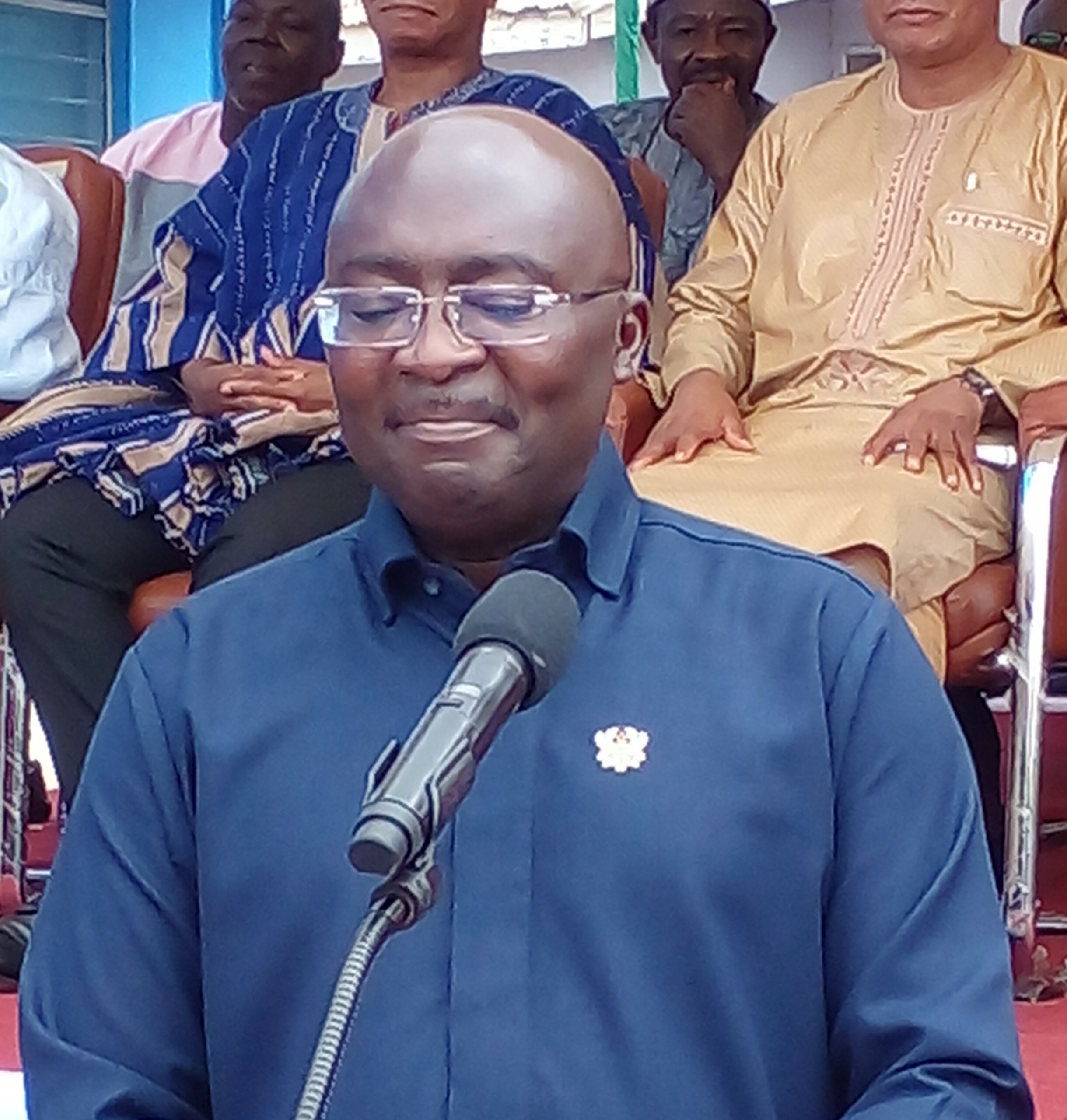

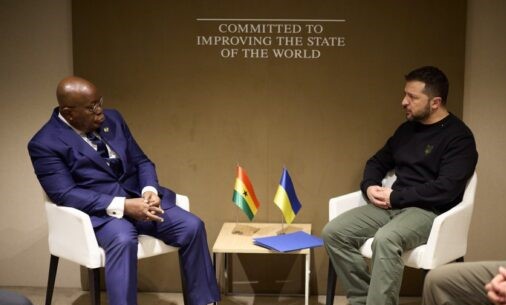
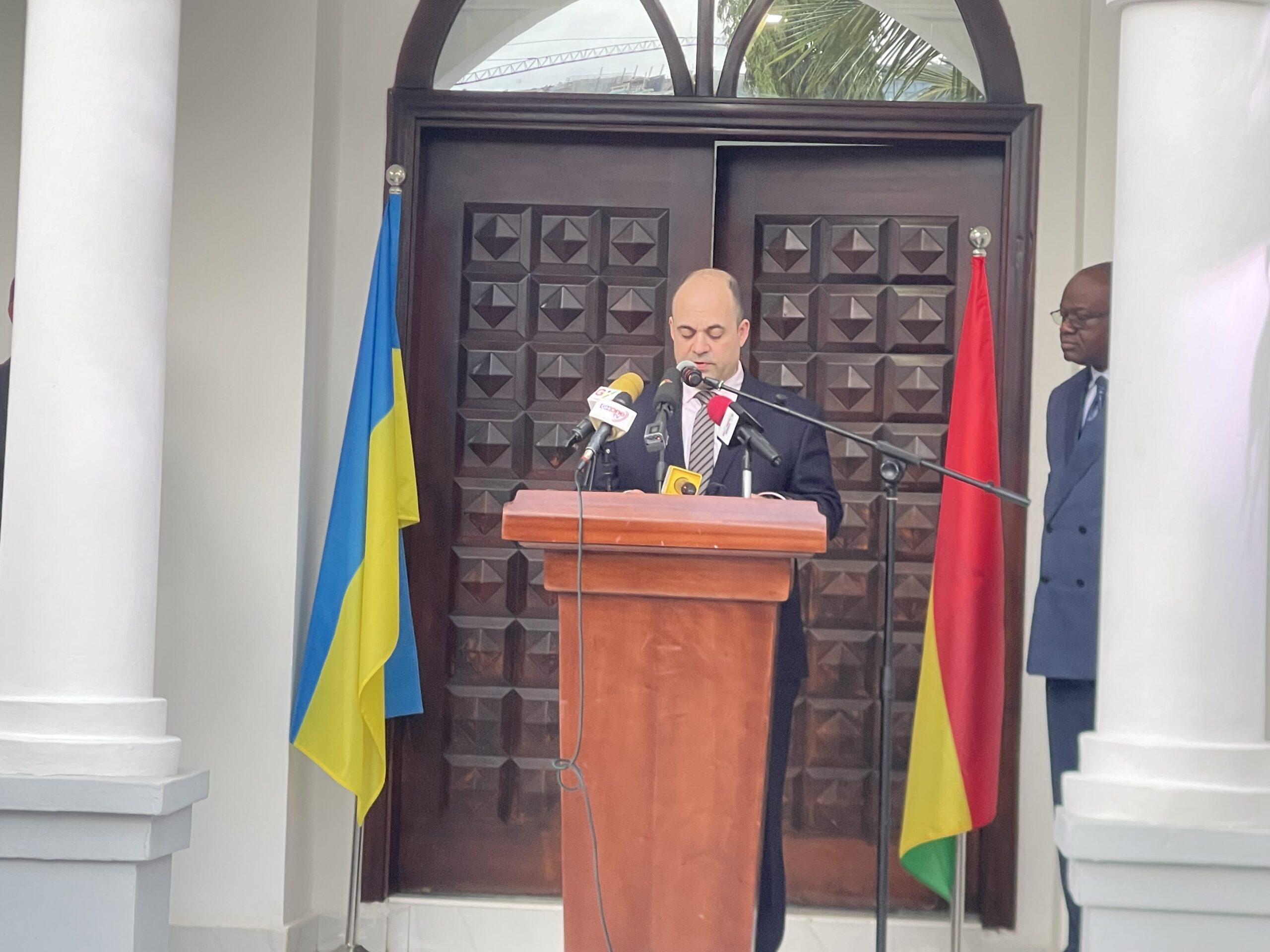


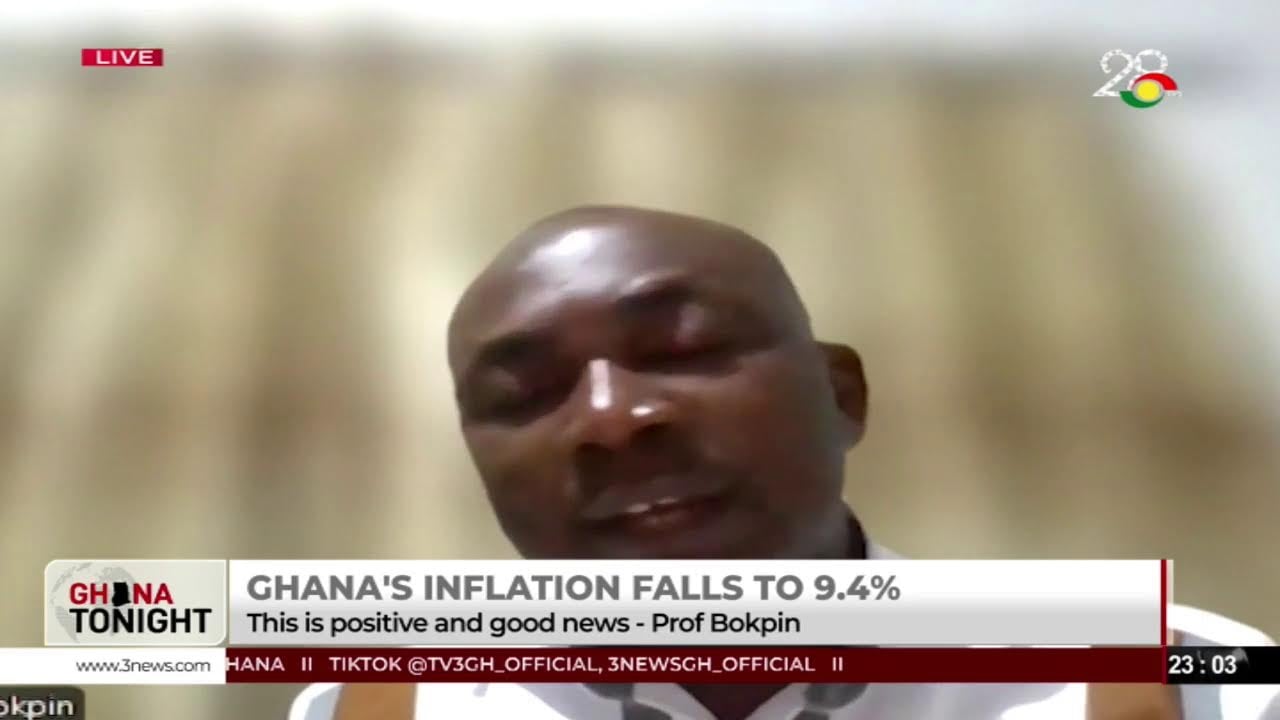
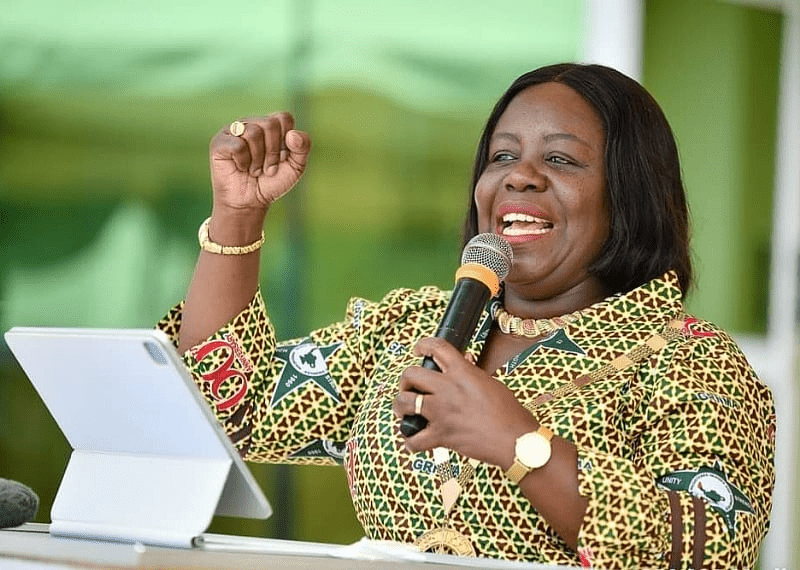

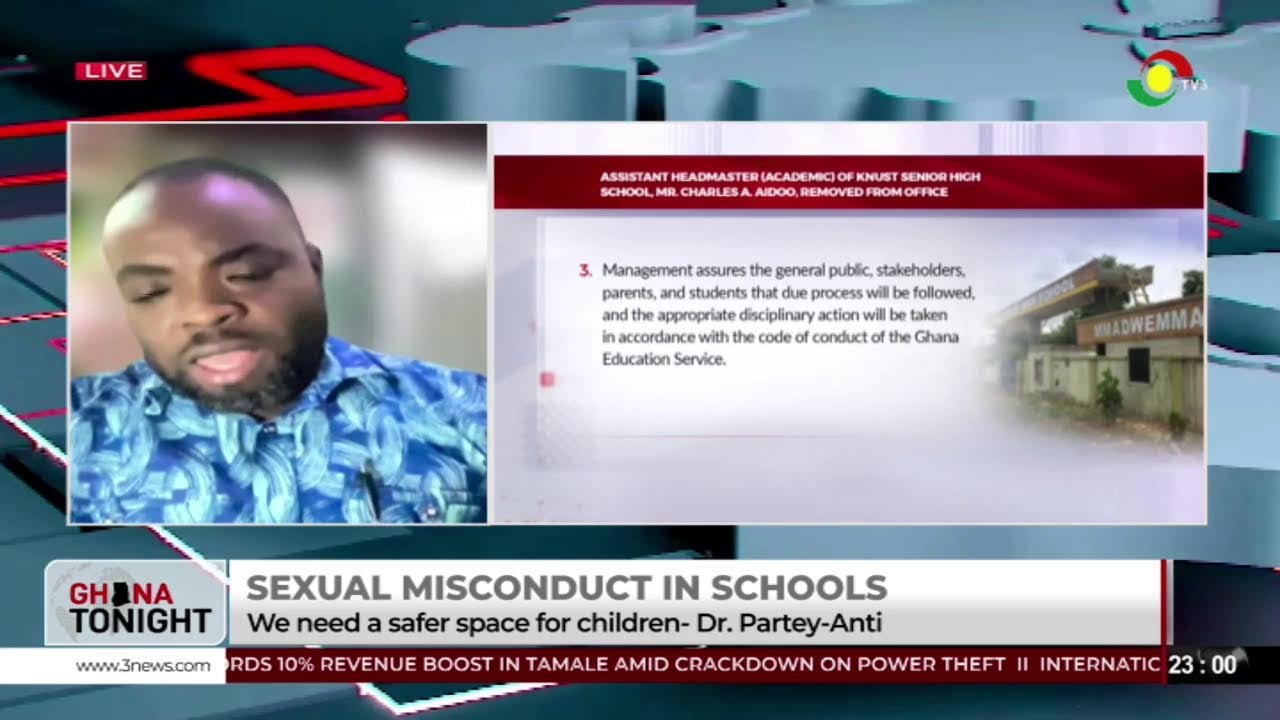











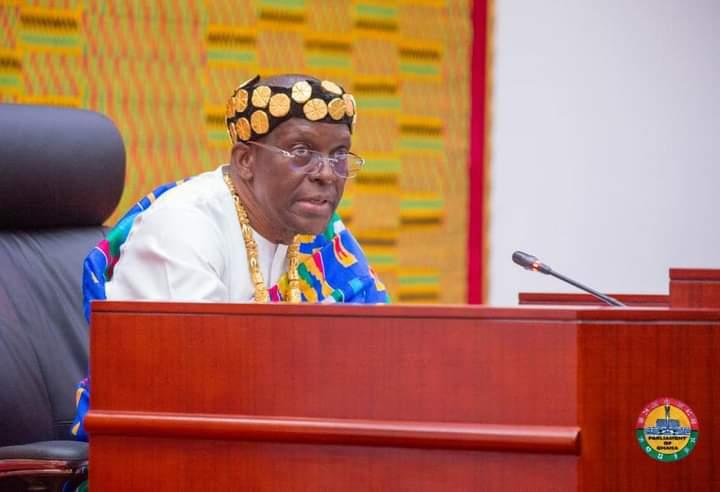
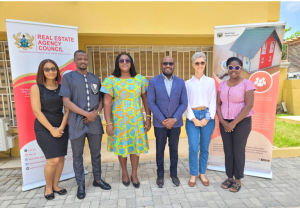
Facebook
Twitter
Pinterest
Instagram
Google+
YouTube
LinkedIn
RSS